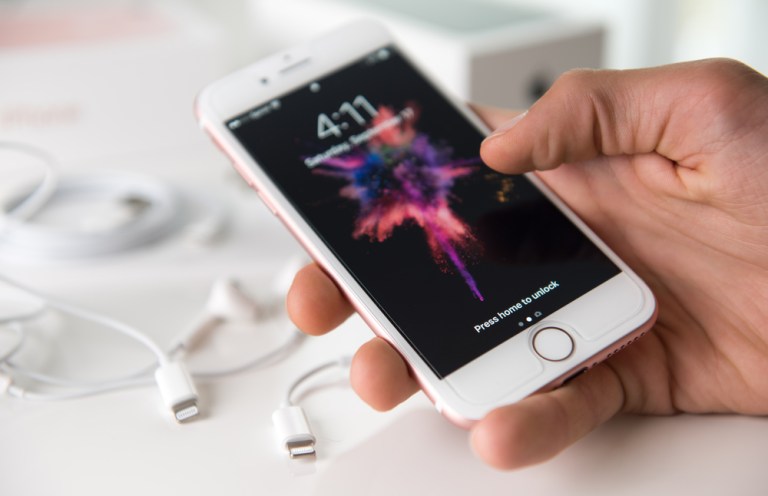Though Apple has yet to make the jump into augmented reality, there are speculations that the latest release of the iPhone 7 is proof that the move may not be too far off.
According to a blog post by Tom Mainelli, VP of IDC Research’s devices and displays group, Apple’s next iPhone will feature augmented reality technology.
Mainelli said one big hint that Apple is moving in the direction of augmented reality was the appearance of dual-camera technology on the newly released iPhone 7. Not only does the integration of two 12-megapixel cameras give the iPhone 7 Plus a 2x optical zoom, but it could provide the opportunity for Apple to capture information related to objects and space in front of the cameras.
“Two cameras allow the device to capture and create depth-mapping information,” Mainelli noted, adding that using cameras and other sensors to capture motion can result in a device that knows exactly where it is in space.
He also pointed to recent acquisitions that may be setting Apple on the right track when it comes to utilizing handheld augmented reality — Metaio and PrimeSense.
Metaio, a Germany company Apple purchased last year, developed and sold software that pulled together images from a camera and computer-generated objects. Back in 2013, Apple paid $345 million for Israeli 3D sensor company PrimeSense.
Advertisement: Scroll to Continue
“The company had a mobile-sized 3D sensor (code named Capri) that worked with its software technology to scan and capture three-dimensional objects,” Mainelli said. “Stories at the time of the acquisition noted the Capri sensor was relatively expensive to produce, which kept it from gaining the attention of other device manufacturers. This is the type of tech Apple loves to integrate into its hardware to drive additional differentiation from the rest of the market.”
Finally, Mainelli explained that Apple CEO Tim Cook has been very vocal about the big opportunity augmented reality represents.
In the company’s most recent earnings call, Cook reportedly discussed how interesting both virtual and augmented reality are and the commercial use cases that make augmented reality such a huge opportunity. It was also noted that, in a recent interview with “Good Morning America,” Cook once again shared his enthusiasm for AR and its ability to enable a common shared experience between two people.
“I think it’s highly likely Apple is working on both technologies, and eventually, we may well see some eyewear that utilizes not only the technologies above but a future version of the company’s new W1 chip currently shipping in the AirPods. But my bet is, when Apple heads toward its next big hardware revision, we’ll see an iPhone (and maybe an iPad Pro) with AR capabilities,” Mainelli concluded.




